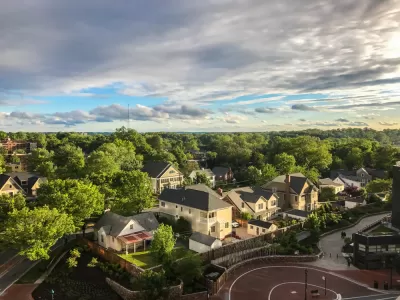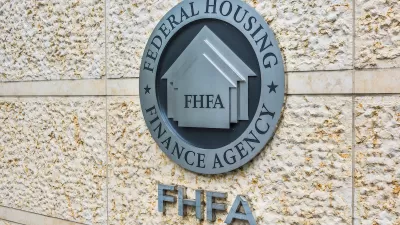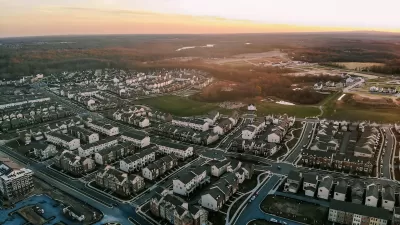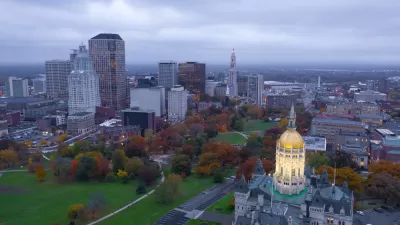The Montgomery County Council has approved a new law that sets limits on how much landlords can raise rents from year to year.

Montgomery County, Maryland will apply a controversial measure to help control the cost of rental housing—rent control.
According to an article by Morgan Baskin, the Montgomery County rent stabilization law capped rent increases at 3 percent, plus inflation, with a total maximum increase of 6 percent. The law also includes a number of exemptions, “including leased units newly constructed or substantially renovated within the last 23 years, and property owners who rent two or fewer units,” reports Baskin.
The final version of the law, approved with a 7-4 vote by the Montgomery County Council, is a hybrid of two previous proposals, adds Baskin. “One, shepherded by Mink and At-Large Councilmember Will Jawando, would have capped all rent increases at 3%; the other, dubbed by lead author Natali Fani-Gonzalez as an anti- rent-gouging bill, would have limited increases to 8% plus inflation.”
The article delivers more details about how the council navigated the complicated politics of rent control. Runaway housing prices are prompting drastic steps by local governments in Maryland, explains Baskin. “Neighboring Prince George’s County passed a temporary measure in February capping new rent increases at 3%, while D.C. passed a bill in June limiting rent increases to 6% per year over the next two years — a temporary, more aggressive iteration of its existing rent stabilization law. Mount Rainier also recently put controls on new rent increases,” reports Baskin.
FULL STORY: Montgomery County Council Passes 6% Cap On New Rent Increases

Trump Administration Could Effectively End Housing Voucher Program
Federal officials are eyeing major cuts to the Section 8 program that helps millions of low-income households pay rent.

Planetizen Federal Action Tracker
A weekly monitor of how Trump’s orders and actions are impacting planners and planning in America.

Ken Jennings Launches Transit Web Series
The Jeopardy champ wants you to ride public transit.

Washington Legislature Passes Rent Increase Cap
A bill that caps rent increases at 7 percent plus inflation is headed to the governor’s desk.

From Planning to Action: How LA County Is Rethinking Climate Resilience
Chief Sustainability Officer Rita Kampalath outlines the County’s shift from planning to implementation in its climate resilience efforts, emphasizing cross-departmental coordination, updated recovery strategies, and the need for flexible funding.

New Mexico Aging Department Commits to Helping Seniors Age ‘In Place’ and ‘Autonomously’ in New Draft Plan
As New Mexico’s population of seniors continues to grow, the state’s aging department is proposing expanded initiatives to help seniors maintain their autonomy while also supporting family caregivers.
Urban Design for Planners 1: Software Tools
This six-course series explores essential urban design concepts using open source software and equips planners with the tools they need to participate fully in the urban design process.
Planning for Universal Design
Learn the tools for implementing Universal Design in planning regulations.
Heyer Gruel & Associates PA
Ada County Highway District
Institute for Housing and Urban Development Studies (IHS)
City of Grandview
Harvard GSD Executive Education
Toledo-Lucas County Plan Commissions
Salt Lake City
NYU Wagner Graduate School of Public Service





























